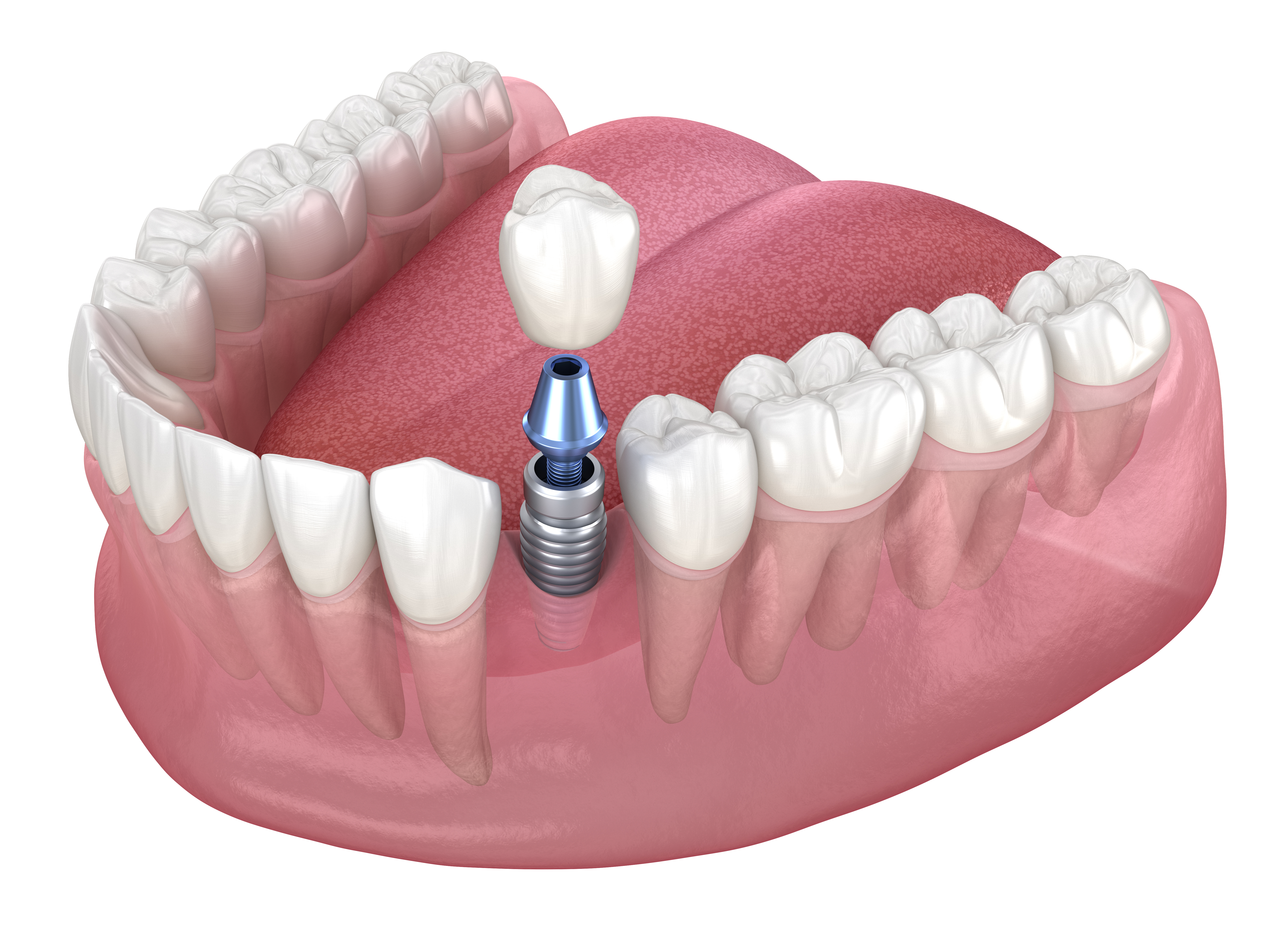The Rising Popularity of Dental Implants: A Comprehensive Guide
Dental implants have revolutionized modern dentistry, offering a permanent solution for missing teeth that closely mimics natural teeth in both form and function. Unlike traditional dentures or bridges, dental implants replace the entire tooth structure, including the root, providing exceptional stability and preventing bone loss in the jaw. This advanced tooth replacement option has seen tremendous growth in popularity over the past decade as technology improves, costs become more manageable, and patients increasingly seek long-term dental solutions that maintain their quality of life and confidence.

Why Dental Implants are Gaining Popularity
Dental implants have become increasingly sought-after for several compelling reasons. First, they offer unparalleled aesthetics—the visible portion of an implant is virtually indistinguishable from natural teeth. Second, they provide superior functionality, allowing patients to eat, speak, and laugh without worry. Unlike removable dentures that may slip or require adhesives, implants function exactly like natural teeth, with no dietary restrictions or special care routines.
Another significant factor driving popularity is improved accessibility. As more dental professionals become trained in implant procedures and technologies advance, implants have become available to a wider patient pool. Additionally, more insurance companies now offer at least partial coverage for implants, recognizing them as a medically necessary procedure rather than purely cosmetic.
Modern implant systems also boast impressive success rates exceeding 95% in healthy patients, giving people confidence in their investment. This combination of aesthetics, function, durability, and wider availability has positioned dental implants as the gold standard for tooth replacement.
Understanding the Dental Implant Procedure
The dental implant process typically involves several stages spread over a few months. Initially, the dentist conducts a comprehensive evaluation, including 3D imaging of the jaw structure to determine bone density and identify the optimal implant position. This thorough assessment ensures proper planning and reduces complications.
The first surgical stage involves placing the titanium implant post into the jawbone, which serves as an artificial tooth root. Most patients are surprised to discover this procedure causes minimal discomfort, often requiring only local anesthesia. Following placement, a healing period of 3-6 months allows the implant to undergo osseointegration—the natural process where bone grows around and bonds with the implant, creating a stable foundation.
Once osseointegration is complete, the dentist attaches an abutment to the implant, which serves as a connector between the implant and the final crown. After the gum tissue heals around the abutment (typically within a few weeks), impressions are taken to create a custom crown matched to the color, shape, and size of surrounding teeth. The final step involves attaching this crown to the abutment, completing the restoration with a tooth that looks, feels, and functions naturally.
Benefits of Dental Implants
Dental implants offer numerous advantages over traditional tooth replacement options. Perhaps most significantly, they preserve bone health. When teeth are lost, the jawbone begins to deteriorate where the tooth roots once were—a process called resorption. Implants are the only tooth replacement option that stimulates bone growth and prevents this deterioration, maintaining facial structure and preventing the “sunken” appearance often associated with long-term denture use.
Implants also enable better nutrition and digestion by providing stronger biting and chewing capabilities compared to dentures. Many denture wearers avoid certain nutritious foods due to difficulty chewing; implants restore full chewing function, allowing for a more varied, healthful diet.
The psychological benefits shouldn’t be underestimated either. Dental implants restore confidence in one’s smile and speech. Many denture wearers report concerns about dentures moving or clicking during conversation, problems eliminated with secure implants. Additionally, unlike bridges, implants don’t require modification of adjacent healthy teeth, preserving more natural tooth structure and improving long-term oral health outcomes.
Potential Risks and Considerations
While dental implants boast high success rates, they aren’t suitable for everyone. Certain health conditions may increase complication risks or affect healing. Patients with uncontrolled diabetes, active gum disease, or who smoke heavily face higher failure rates. Additionally, those with significant bone loss may require preliminary bone grafting procedures to build adequate support for implants, adding time and cost to treatment.
Surgical risks, though rare, include infection at the implant site, damage to surrounding structures, nerve damage causing numbness in the lip or chin, and sinus problems when implants in the upper jaw extend into sinus cavities. Thorough pre-surgical planning and advanced imaging technologies have significantly reduced these risks.
Proper maintenance is essential for implant longevity. While implants themselves can’t develop cavities, the surrounding gum tissue remains vulnerable to infection and disease. Poor oral hygiene can lead to peri-implantitis, an inflammatory condition affecting the tissues around implants that can ultimately lead to implant failure if not addressed early.
The Longevity of Dental Implants
With proper care, dental implants can be a lifetime investment. Clinical studies show success rates of 90-95% over 10-year periods, with many implants functioning effectively for several decades. This remarkable longevity significantly outperforms traditional bridges (typically lasting 7-10 years) and dentures (requiring replacement every 5-8 years).
The implant’s titanium post typically lasts a lifetime in healthy patients, though the crown portion may require replacement after 10-15 years due to normal wear and tear. This still represents excellent value compared to other dental restorations requiring more frequent replacement.
Factors affecting implant longevity include oral hygiene practices, regular dental check-ups, avoiding tobacco products, controlling systemic health conditions like diabetes, and wearing a nightguard if teeth grinding is an issue. With diligent care and maintenance, patients can expect their implants to provide decades of comfortable function and natural appearance, making them one of the most cost-effective tooth replacement options when considering lifetime value.
This article is for informational purposes only and should not be considered medical advice. Please consult a qualified healthcare professional for personalized guidance and treatment.




